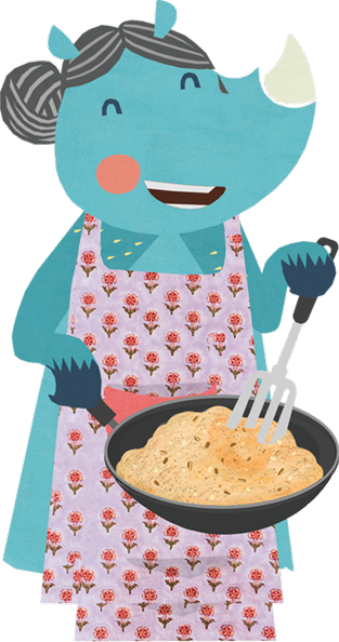One of the remarkable milestones in this journey is the development of the pincer grasp—a crucial skill that paves the way for independent eating, writing, and everyday tasks.
What Is the Pincer Grasp?
The pincer grasp is a significant milestone in a baby's development, particularly in the context of transitioning to solid foods. Simply put, it's the ability to use the thumb and the forefinger (index or pointer finger) and/or middle finger to hold and pick up small objects. This refined skill enables your baby to "pinch" or grasp objects, a pivotal step towards independent feeding and other activities.
Why the Pincer Grasp Matters
Mastering the pincer grasp is not just about picking up small pieces of food. It has a far-reaching impact on your baby's development:

Encouraging the Pincer Grasp
Encouraging the pincer grasp is not just a developmental milestone; it's a heartwarming journey you share with your baby as they embark on their path to self-sufficiency.
Here are some tips to help you encourage your baby to develop their pincer grasp:
1) Mealtime mastery
Mealtime is an excellent opportunity to encourage the pincer grasp. Here are some tips!

- Diverse food choices: Offer your baby various types of foods during meals, ensuring they come in different textures, shapes, and sizes. This diversity provides ample practice for your baby to perfect their pincer grasp.
- Self-feeding: Encourage your baby to self-feed during meals. You can employ a combination feeding approach, where you alternate between feeding your baby and letting them feed themselves. Place the food directly on the feeding tray and allow your baby to pick it up independently. You can also mirror or mimic eating behavior to help your baby learn by watching you.
- Avoid bowls: When serving food to your baby, avoid using deep dishes like bowls. Babies tend to instinctively use all their fingers to scoop food out of a bowl. Instead, opt for a flat surface to present their food. This encourages them to use their developing pincer grasp to pick up the food.

- Foods for practice. Certain foods are particularly effective for helping babies refine their pincer grasp. Examples:
2) Tummy time
Another effective method to assist your baby in developing their pincer grasp is through tummy time, which time encourages babies to use and strengthen their core muscles. Crawling on the floor during tummy time contributes to the muscle development of their shoulders, back, hand, and forearm. Tummy time engages and strengthens muscles that are essential for coordination and dexterity in your baby.

3) Play with blocks
Introducing your baby to a variety of blocks can be an enjoyable and educational way to enhance their pincer grasp. Provide blocks of different shapes, sizes, and textures, allowing your baby to explore and grasp them using their fingers. Understand that, at this stage, babies are still learning eye-hand coordination, so they may occasionally put these objects in their mouths as they explore.
Experiment with blocks made from various materials, such as wood, cloth, or foam. These diverse textures offer sensory input, enhancing your baby's tactile experience.
4) Picking and pulling objects
Engaging your baby in playful activities is an effective way to develop their pincer grasp. Try one of these fun games
Whisking fun: Craft a "toy" that helps your baby practice picking and pulling. Take a standard kitchen whisk for this activity and place small objects like pom poms or ribbons into the whisk. Ensure they fit snugly and don't fall through. Hold the whisk firmly and offer it to your baby, encouraging them to extract the objects wedged within the whisk's wires. You can also replace the objects with food items, such as quartered makhana.

Ice cube tray exploration: Take an empty ice cube tray and place small objects in its slots (use play items like pom poms or food items such as puffed rice or cereal). Securely hold the ice cube tray in place as you encourage your baby to remove the objects from the slots. This activity naturally requires your baby to employ their fingers to pry out the objects.

5) Stickers
Playing with stickers can be a fun way to hone the pincer grasp. Encourage your baby to peel and stick stickers.
6) Interactive reading
During story time, let your baby turn pages and point to objects in the book, enhancing their hand-eye coordination. Babies won't even realize they're learning such a valuable skill in the process!
7) Pulling and squeezing
Engage your baby in activities that involve pulling and squeezing objects.
Cloth peg fun: Take a few cloth pegs, typically used for drying or hanging clothes. Clip them on the rim of a bowl or clip them onto the side of a book. Encourage your baby to grasp and pull the pegs off the bowl or book. This activity effectively activates your baby's pincer grasp as they manipulate the small objects.

Play with dough: Offer your baby some regular dough (atta used for chapati). Let them play with the dough, allowing their little fingers to squeeze, stretch, and experiment as they wish. Just be mindful that they don’t put the dough in their mouth.














